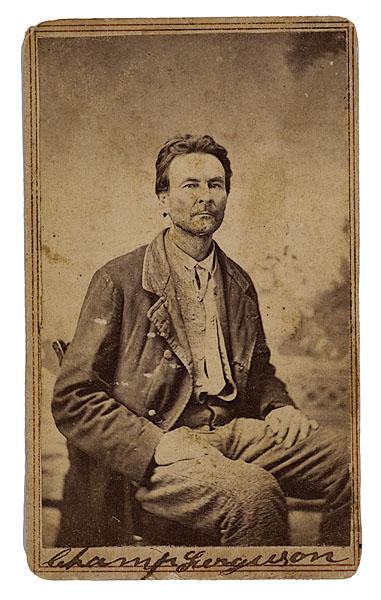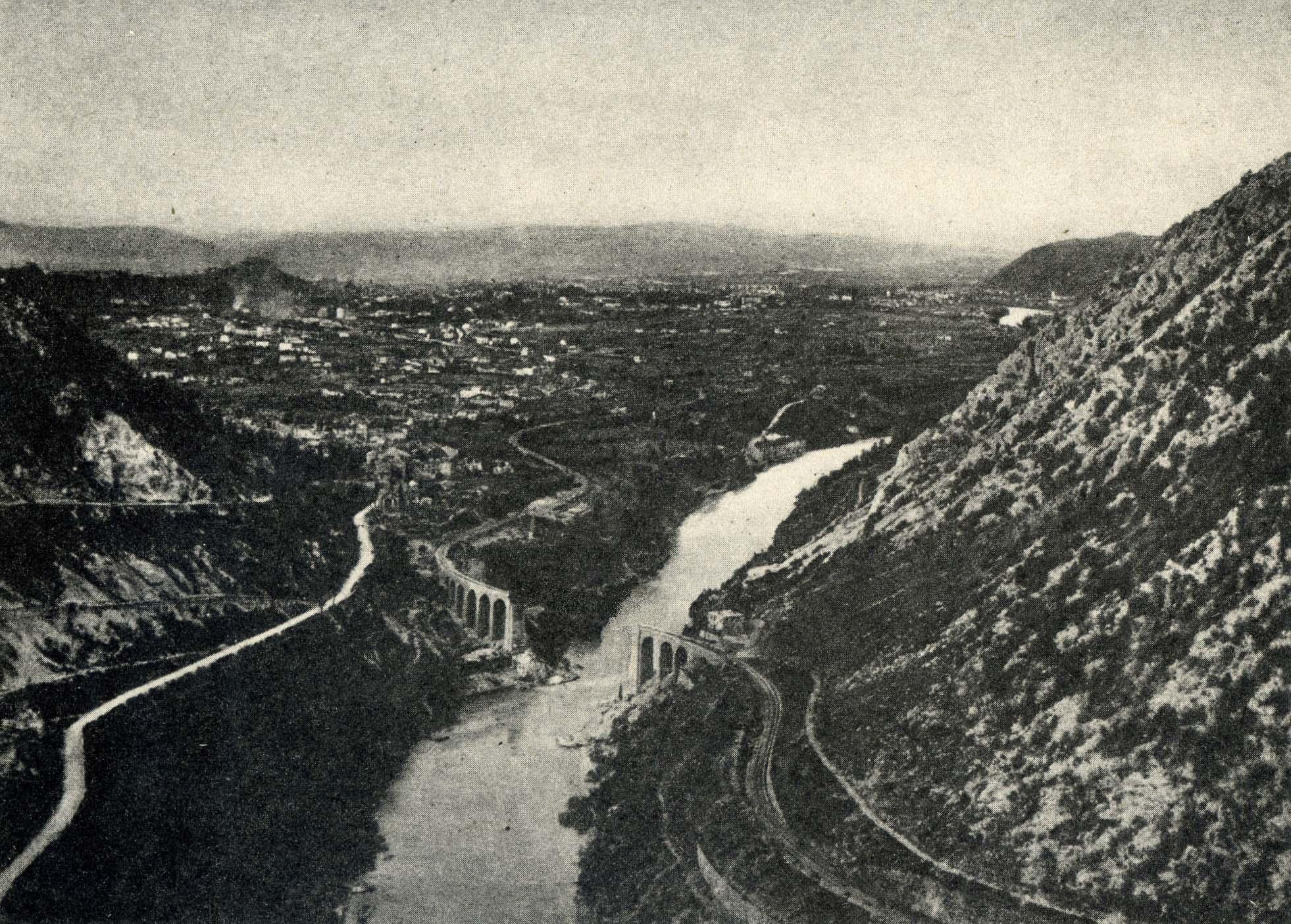With several UPDATES added.
The recent passing of
Yogi Berra got me to thinking about the first major league baseball game I'd seen and I decided to track down the details. In doing so it's made me confront issues of memory - what is it we remember and what is it we think we remember? How many of our memories are because we've assembled those memories in a certain form for many years even though they might not resemble the original events?
Here is what I was certain about that first game:
My Dad took me to the game.
It was a day game at Yankee Stadium.
The New York Yankees beat the Boston Red Sox.
The Yankees won on a walk-off home run.
The Yankees hoisted the player who hit the homer onto their shoulders.
Here is what I also thought happened at that game:
I think it was Yogi Berra who hit the homer.
The home run was hit to right or right-center.
I have a vague recollection that a Yankee pitcher, Bob Grim, was involved.
The weather was mild, not hot. It was partly cloudy or there was a haze.
It took place sometime between when the Giants left New York after the 1957 season and when the New York Mets began play in 1962.
Here is what was jumbled in my mind:
At times I distinctly remember Ted Williams played for the Sox but at other times I remember my Dad telling me how disappointed he was that Ted was not playing that day.
Our seats were many rows back at ground level, somewhere between first and third base by my memories vary; sometimes I see us watching the game from the third base side, sometimes from behind home and other times along first.
A few years before Dad died I asked him what he remembered but his recollections were fuzzier than mine.
In trying to pin down the game I started with the most noteworthy event - the walkoff home run - and wouldn't you know it, there is a website that lists every walkoff in Yankee history (
Yankee Numbers.com).

During the four seasons in question (1958, 59, 60 and 61) the Yankees twice beat the Red Sox on walk offs. The first was on September 3, 1958 when
Yogi Berra hit a three run homer in the bottom of the 9th to break a tie and give the Yankees an 8-5 victory. The second was on October 2, 1960, when
Dale Long hit a two run homer in the 9th to give the Yankees an 8-7 win (this was the final game of the year).
But then I noticed something else in the list of walk-offs. The Yankees also had two walk-off wins against the Red Sox in 1957. On April 28, 1957,
Yogi Berra hit a bases empty homer in the bottom of the 10th to give the Yankees a 3-2 win and on September 5, 1957 pitcher
Bob Grim stroked a three run homer for a 5-2 Yankee win.
So what's the story? Which game did I see? How certain was I that the game was during the 1958-61 window? In reflecting on it, I knew for certain it was no later than 1961, but was less certain that it could have been in 1957. I realized that my assumption was we were seeing the Yankees because the Giants, my Dad's favorite team, had already left New York, but that may be wrong.
I started to look for other information. The first was when the games occurred as I thought it unlikely that my Dad would have taken me out of school to see it. The games on April 28, 1957 and October 2, 1960 both took place on Sunday. The September 5, 1957 and September 3, 1958 games were on a Thursday and Wednesday respectively. I decided to check out when Labor Day was those years since when I was in elementary school the school year always started on the Wednesday or Thursday after Labor Day. It turns out that Labor Day was on September 2 in 1957 and September 1 in 1958 so the games might have been on a school day.
Next step was to go the box scores and play by play at Baseball-Reference.com to see if there was anything there that could narrow down the possibilities.
April 28, 1957
A big crowd, almost 38,000. Temperature at game time was 71.
Frank Sullivan started for the Sox and
Ike Delock took the loss.
Ted Williams was in the lineup.
Whitey Ford pitched seven shutout innings for the Yankees but
Bob Grim blew the save, with
Don Larsen picking up the win when Yogi homered.
Mickey Mantle and
Billy Martin were both ejected for arguing with the umpire. The play by play does not indicate to which field the lefty swinging Yogi homered.
UPDATE:
The New York Times reports Yogi's shot landed in the lower right field pavilion. I also found a detail that makes me doubt this was the game I saw - there was an 18 minute rain delay in the bottom of the 7th inning, something I have no recollection of, though it doesn't mean it did not happen.
September 5, 1957
Only 15,600 in attendance. Temperature was 72.
Willard Nixon pitched the entire game for the Sox. Williams did not play.
Bob Turley started for the Yankees with
Bob Grim pitching the top of the 9th and getting the win on his three run homer. The bottom of the 9th was strange by today's standards. Yogi led off with a single and was caught stealing (perhaps a missed hit and run?)
UPDATE:
According to the NY Times report Yogi overslid second and was tagged out.
Harry Simpson made the second out.
Jerry Lumpe singled and
Enos Slaughter walked and
Casey Stengel let Grim, hitting .125, bat which is simply unthinkable in today's game. Grim batted righty but there is no indication where the homer was hit.
UPDATE: Found an extensive report on Grim's homer from the
Kingston Daily Freeman:
 And here is some more from the NY Times
And here is some more from the NY Times:
"Even in batting practice I could never hit a ball to right field" said Grim, still in a happy state of semi-shock . . . "I would have had somebody bat for him, except we had nobody much left to hit, pitch or field" Stengel said "Then he did it and my only worry was that when he got to second base he'd peel off and go out and see how far that ball went".
When they weren't pounding Grim on the back, various elated Yankees took time out to exclaim "Wow" or "Whoopee".
September 3, 1958
Attendance was 13,600. Temperature unknown.
Frank Sullivan started for the Sox with
Leo Kiely giving up Yogi's game winner. Williams did not play.
Murray Dickson started for the Yanks with
Ryne Duren getting the win for his two innings in relief.
Mickey Mantle hit a homer earlier in the game which rings a bell with me but I don't trust my memory now. Berra hit his homer following singles by Mantle and Slaughter. No indication of field.
UPDATE:
Found a newspaper report that Berra's blast was deep into the right field bleachers.
October 2, 1960
Attendance was 16,900. Temperature 64.
Earl Wilson started for the Sox with
Arnold Early taking the loss. Williams did not play - this was the series after Ted closed out his career in Boston by hitting a home run against the Orioles in his last at bat.
Ralph Terry started for the Yankees followed by
Whitey Ford,
Ryne Duren,
Luis Arroyo and
Duke Maas who picked up the win. Dale Long, a lefty hitter, got his home run with one out in the 9th.
Well, that wasn't a lot of help. I also looked for newspaper articles and photos, in particular any reference to the home run hitter being carried off the field but found none.
So which game was I at? The only one I'll rule out was the last one in which Dale Long homered. I would have been nine years old at the time and think I would have remembered this better if it was the game. Moreover, there is nothing that matches up in my memory with this one.
The only other possible narrowing down is if, in fact, the September 5, 1957 and September 3, 1958 games were on the first or second day of the new school year it is unlikely that Dad would have taken me to the game making April 28, 1957 the most likely first game I ever saw.
UPDATE:
Now that I know about the rain delay in the April 1957 game I have no idea which game I saw.





 (Champ Ferguson from Wikipedia)
(Champ Ferguson from Wikipedia) (The Isonzo from Wikipedia)
(The Isonzo from Wikipedia) 